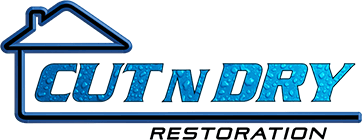According to the EPA, indoor air can often be more polluted than outdoor air, so you want to ensure that your home is not compromising you and your family's health. Below are three hazardous materials you should be conscious of the most.
Lead Paint
The EPA banned lead paint, or at least its residential use, in 1978, so homes built before then usually contain it. Lead only poses a health hazard if the paint deteriorates or is disturbed, such as during a renovation project, when it becomes airborne.
Frequent exposure to lead can cause a variety of complications in adults, including:
- Higher blood pressure
- Lower fertility
- Digestive disorders
- Brain damage
Children, who might be more prone to eat paint chips, are even more at risk. Symptoms can include nerve damage, hearing loss, and developmental issues.
Before remodeling an older home, have the paint tested to protect yourself and your family from lead poisoning. If it's determined that your home has lead paint, you'll need a team of experts to mitigate the hazard.
Asbestos
This mineral was heavily depended upon because of its durability and resistance to heat, but once it became linked to serious conditions like mesothelioma and lung cancer, its use was severely curbed. Older homes may have asbestos in their:
- Floor and ceiling tiles
- Roofing shingles
- Pipe insulation
- Attic and wall insulation
- Insulation around furnace ducts
Similar to lead, asbestos is not a threat unless the fibers become airborne. Beware, then, if you're about to undergo a renovation project as this may disturb the materials containing asbestos. Old tiles and insulation may crumble, too, and pose a hazard. A biohazard clean-up will help in removing traces of asbestos.
Mold
Unlike asbestos and lead, mold is something that you invite into your home. Technically, mold spores are always in the air, but not at harmful levels. Mold grows in areas with:
- Temperatures between 75 and 85 degrees
- A relative humidity level of 60% or higher
- Dampness caused by a flood, leaking pipes, etc.
Many mold species will release mycotoxins, which will wreak havoc on your health. Symptoms will range from a runny nose and sore throat to respiratory issues and, in extreme cases, brain damage.
Bottom line: If you suspect your home contains lead paint, mold, or asbestos, don't leak anything to chance. Turn to the experts at Cut N Dry Restoration. We're a leading resource for hazardous material clean-up and mitigation serving Los Angeles and San Bernardino counties. To schedule your appointment, call (909) 829-5002.


